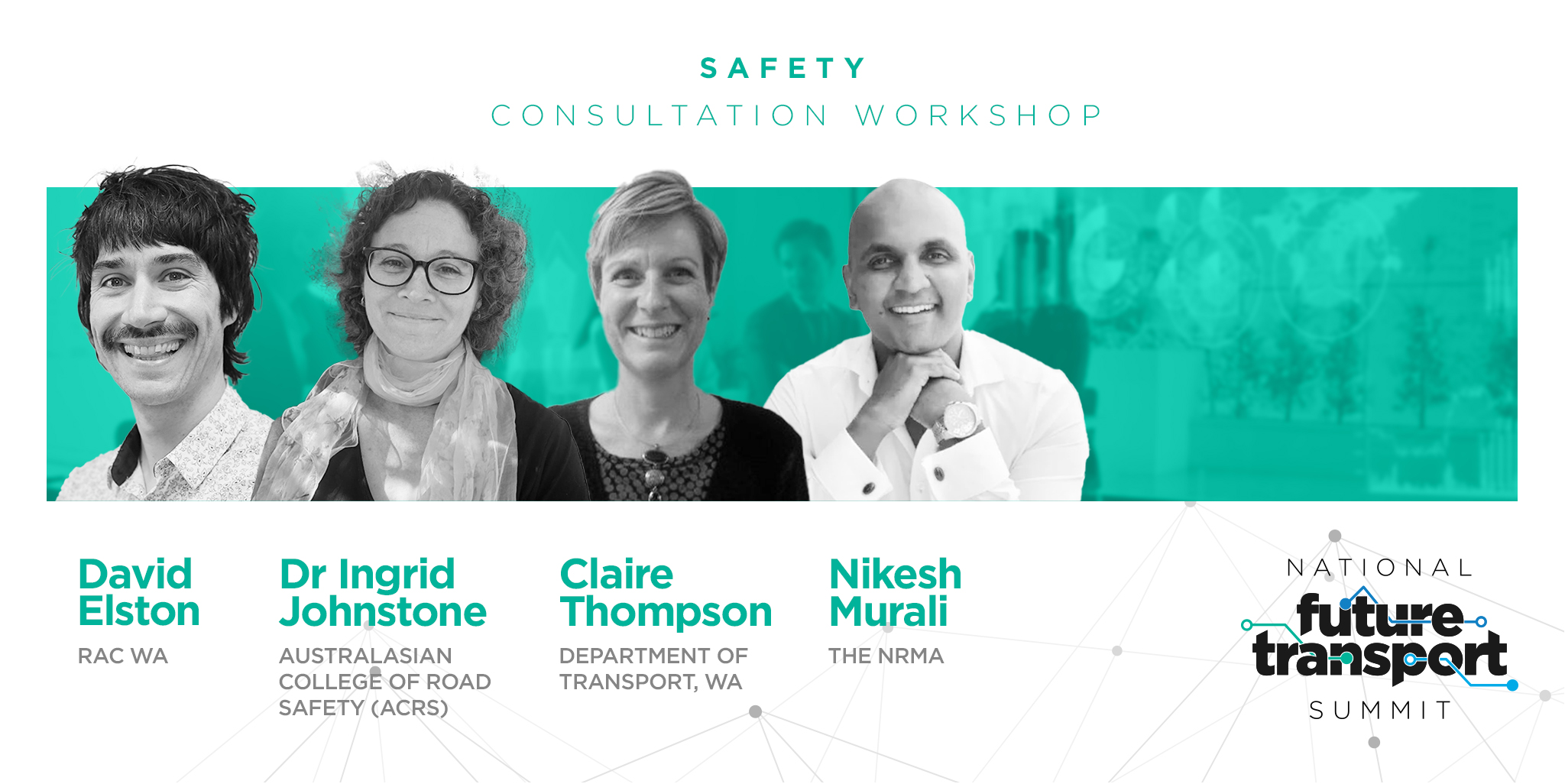
National Future Transport Summit Consultation
Safety workshop highlights complexity of transition to connected and automated transport
Safety took centre stage in the second consultation workshop for the National Future Transport Summit on 25 June 2025, with leading voices from government, industry and research exploring how Australia can safely transition to connected and automated transport technologies.
Opening the session, CCAT’s Executive Director, Brook Hall, framed the safety theme as a critical national priority, not only for road users, but for all those working in and around the transport system and in strategic industries. He emphasised the Summit’s safety vision:
Transport and industrial safety flourishes as dangerous jobs are replaced by safe, satisfying and high value roles and human error is eliminated.
Strong Potential, but Complex Path
Dr Ingrid Johnston, CEO of the Australasian College of Road Safety, provided the opening expert address for the workshop.
Dr Johnston highlighted both the promising opportunities and the risks in adopting connected and automated vehicle technologies. While features like electronic stability control and lane assist can deliver clear safety gains, she cautioned that inconsistent system design, poor user understanding and overreliance on automation could undermine their effectiveness. Dr Johnstone stressed the need for careful implementation and education as we navigate the long transition to mixed-fleet environments.
Key Perspectives from Industry and Government
Nikesh Murali (NRMA) described Australia’s road toll as a crisis (with over 1,300 deaths in the past year) and argued that advanced driver assistance systems (ADAS) technologies must be urgently deployed to reduce fatalities. He called for expanded automated vehicle (AV) trials that reflect Australia’s diverse geography, especially in regional areas where most road deaths occur. Nikesh also urged better coordination across industry and government to accelerate safe commercial deployment, particularly in freight and public transport.
David Elston (RAC WA) highlighted the benefits of automation in removing human error from the road safety equation, drawing on RAC’s seven-year Intellibus trial. He noted that while the public is generally supportive of automated transport across certain use-cases, rollout in Australia has been hampered by slow regulatory progress. David stressed the need for education around current driver-assist technologies, which many Australians are already using but not fully understanding.
Claire Thompson (WA Department of Transport) focused on regulatory challenges, noting that the line between ADAS and full automation is becoming increasingly blurred. She explained that Australia’s regulatory framework involves both federal and state oversight, and that the upcoming AV Safety Law will hold corporations responsible for vehicle performance on the road. Claire warned of the risks of uncontrolled deployment via software updates and emphasised the importance of driver monitoring systems, crash data and public education in managing the transition safely.
Brook Hall moderated an interactive Q&A discussion with questions from the online audience. The following points were discussed as part of this:
Next Steps
The workshop is part of a national consultation process feeding into the National Future Transport Summit, to be held 17–18 September at Brisbane City Hall. Written submissions can be made until 25th July. These may address overarching issues or specific themes including safety, sustainability, productivity, infrastructure or social legitimacy.
To read the discussion paper, register for remaining workshops, or make a submission, visit www.ccat.org.au/summit.
If you missed this workshop, you can view the recording here: